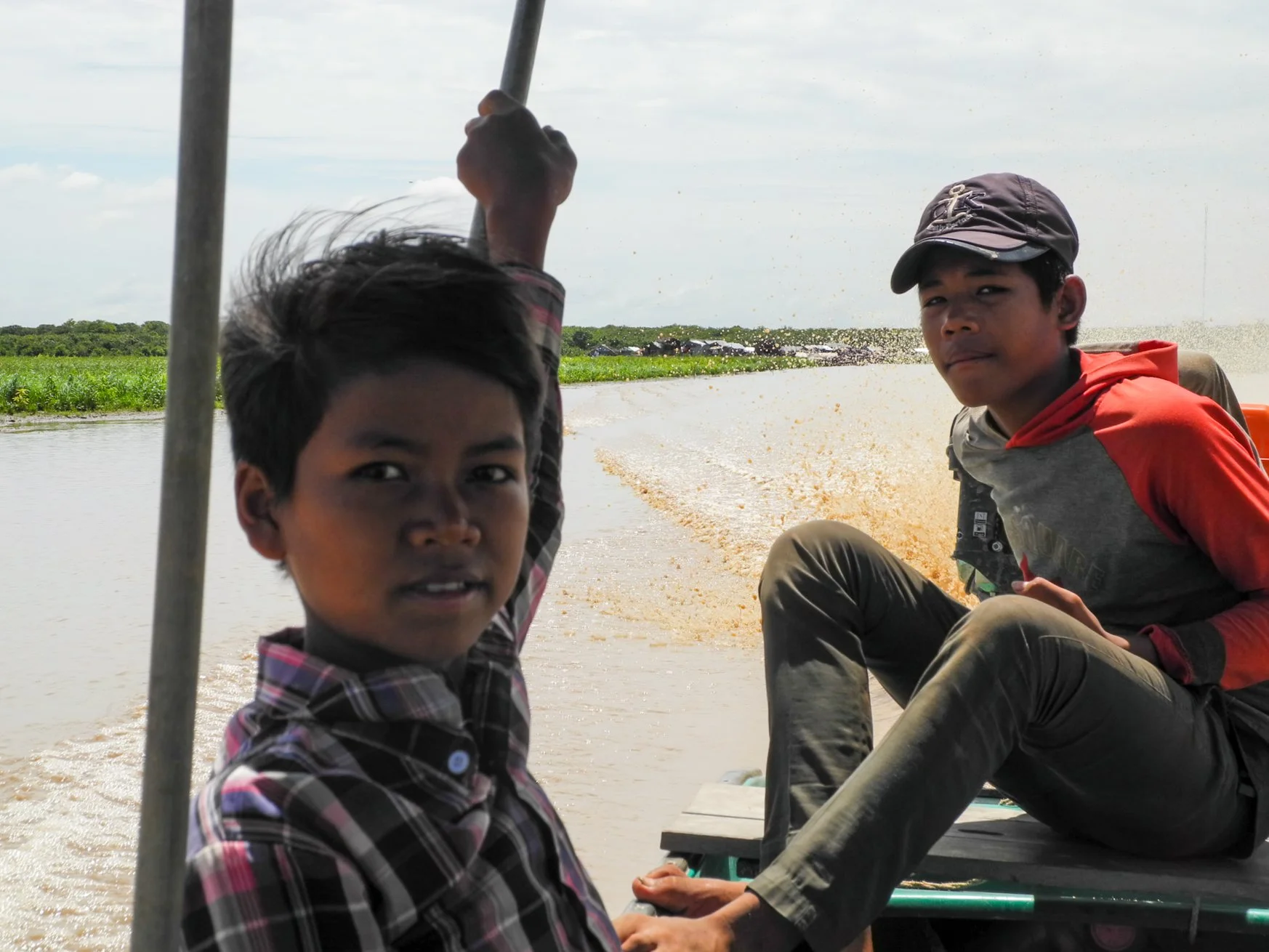Angkor Wat, located in Siem Reap, Cambodia, is an awe-inspiring masterpiece that stands as a testament to the ancient Khmer civilization. As the largest religious monument in the world, Angkor Wat commands attention with its grandeur and exquisite architectural details. Built in the 12th century, this sprawling complex was originally dedicated to the Hindu god Vishnu before transforming into a Buddhist temple. Its harmonious blend of intricate carvings, towering spires, and reflective moat is a visual feast for visitors. The sheer scale and complexity of Angkor Wat's design, along with its well-preserved state, make it a true marvel of human ingenuity. Stepping foot into its hallowed halls, one can't help but be transported to a bygone era of majesty and spiritual devotion.
This captivating photographic collection provides a window into the lives of the people know live around the famed Angkor Wat monument. Immerse yourself in the vibrant tapestry of everyday life, as locals go about their daily routines. Join us on a visual expedition as we embark on an enlightening journey through the timeless corridors of Angkor Wat.
Tonle Sap Lake: the largest freshwater lake in Southeast Asia, Tonle Sap is a sanctuary for countless flora and fauna. Its ever-changing ecosystem is dictated by seasonal floods and receding waters. The lake swells during the monsoon season, expanding its surface area six-fold and nurturing a lush habitat for a rich array of species, including the iconic Mekong catfish, radiant water lilies, and vibrant water birds. However, the true heart of Tonle Sap lies in the vibrant communities that thrive on its shores. Known as the "floating villages," these resilient inhabitants have mastered the art of adaptation, creating homes on stilted houses or floating structures, intricately interwoven with the lake's ebb and flow. They are the guardians of an ancient way of life, one that relies on the lake's endless bounty for fishing, agriculture, and transportation.














